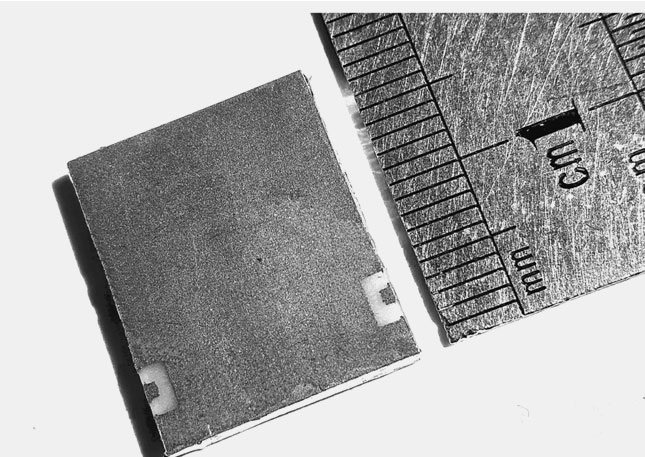Effects of electromagnetic interaction in microwave multipleplaced planar structures and development of the theory of filters for telecommunication system
A theory has been developed for multi-tiered bandpass filters of a planar structure, its position is confirmed by measurements on existing experimental samples. On the basis of the established theoretical positions, new circuit design solutions for bandpass filters with different frequency characteristics have been created, which is reflected in the patent materials. It is established that three- resonator filters with a mixed cross-coupling K 13 = K m + K e , equal to zero (К 13 = 0), have two equidistantly located damping poles or a constant delay time. This pattern is the basis for building multi-level filters. Created methods for constructing a two-tier bandpass filters with different frequency characteristics, which do not use low-frequency prototypes, and allow you to directly calculate the circuit elements. New designs of planar band-passing three-resonator filters with cross- coupling, which are characterized by a large variety of implemented frequency characteristics, are proposed and analyzed. Along with increased one-sided selectivity, they may have a symmetrical frequency response with a damping pole located to the right and left of the passband. The filters are based on pairs of closely-spaced impedance resonators, the electromagnetic coupling between which can be both capacitive and inductive in nature. It is established that the nature of the inclusion of an average resonator in the scheme of a three-cavity cross-coupled filter leads
tosignificant differences in the frequency response. In the course of the analysis, quantitative indicators of the coupling coefficients of two-tier planar filters, microstrip and stripline with different dielectric constants, and with resonators of various configurations were obtained. This allows you to design filters in different frequency ranges and with different technical requirements.

| Долучення | Розмір |
|---|---|
| 172.38 КБ |




